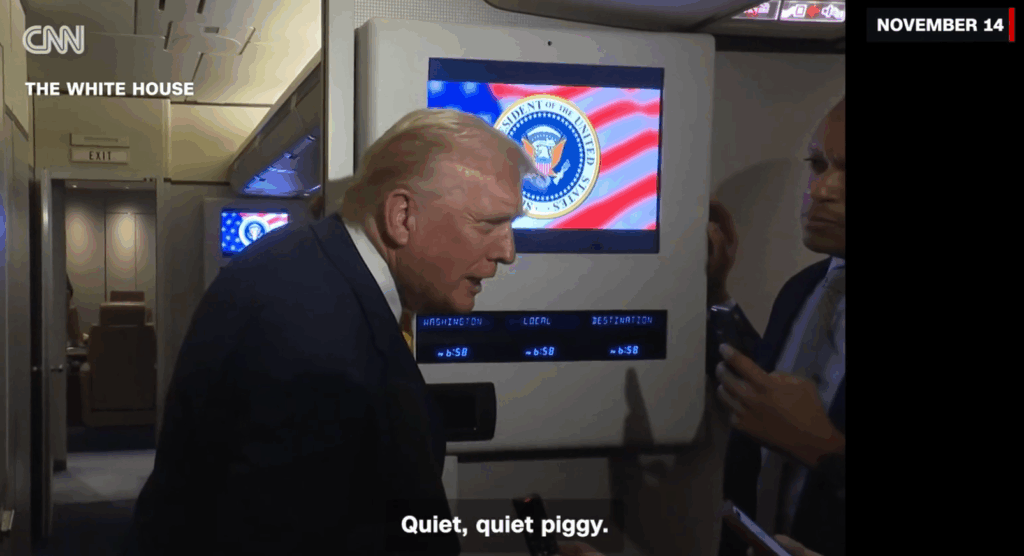A lot of money is spent on consumer promotions every year — $233.7 billion according to the 2003 Industry Report, published by PROMO this past April. The process of planning how to spend this money varies. I know this to be true because I have spent more than a decade on the client side of large consumer packaged goods companies, and about the same amount of time on the service side. Everybody wants to make their promotion dollars work harder, to generate more volume and profit.
Ultimately, promotion planning consists of three major steps: (1) understanding the current situation, (2) agreeing on objectives and strategies to be achieved, and (3) deciding on the tactics to achieve them. Company processes begin diverging right at Step 1 — understanding the current situation. Seeking understanding can range from asking co-workers their opinion on what should be done to conducting exhaustive research. The question is which end of this spectrum is appropriate?
Should a company spend dollars and time researching every potential promotion program, as is typically done for advertising? Or should dollars be spent in “working” areas — moving volume — with nothing spent on anything that is not directly linked to sales?
The case for research
Factors that should be considered to determine whether spending funds on research is advisable:
-
Is the promotion investment high? When the budget for a promotion is large, e.g. $500,000 or more, spending a small percentage of this amount on research can result in greater efficiencies and effectiveness. Ultimately this will result in having monies spent on research “paid back” in additional volume or savings.
-
Is the need for success (risk) high? When the success of a promotion is critical, for example during a new product introduction where achieving trial within a set time period is crucial for maintaining distribution and achieving sustaining velocity, it can be counterproductive to “save” budget money by refraining from research.
-
Can you apply research results to future programming? As surely as your marketing plan may be difficult to achieve this year, it will likely be even harder next year. Management does not, and will not, provide you with a pat on the back and advise you to deliver less volume and/or profit next year. Therefore, it is critical to continuously increase your brands’ effectiveness and efficiency.
-
Will research provide you with the support needed to move a program forward? It is not always enough to have a good idea for a promotion, part of any promotion manager’s job is to get allocated funds to execute the program. Opinions of what might work for a brand is not as strong as concrete history or research results. Sometimes without research support, a program won’t be approved at all.
The case against research
Sometimes it’s best to pretend you’re working for Nike, and-just do it!
There are times when research is not necessary, and may cause you to miss opportunities rather than make the most of them. For instance,
-
Is there enough time to read the results? Without adequate lead-time, you may find that you aren’t able to get an answer to your key issue until after the information is needed. This is why planning for research is important. Especially in situations where you are doing control store tests, quantitative studies, or other analyses that require set-up, it’s just not possible to get an answer in enough time to implement.
-
Is the information usable in the future? If a research study provides you with input on how to best run an outdoor event, but the likelihood of your ever running another outdoor event is very low, then the value of the research is questionable. But if you run FSI promotions many times each year, the learning you get from studying one FSI drop will pay dividends for many years.
-
Are the right questions being asked? Are you learning something important vs. something that is merely interesting? Asking the right question is critical to whether a research project will pay back over time. Don’t just look over a quantitative questionnaire or market design looking for typos-make sure you read between the lines and look for the things that may not be obvious. If what you’ll learn is not valuable, it’s not worth moving forward.
-
Will you spend enough time reviewing the “results?” Once, many years ago, I received a back-end promotion analysis back that stated that the target that responded most was women aged 25-54 who drove trucks. At first this seemed an odd result, as our product was primarily urban in nature, but then I learned that minivans were designated as trucks in the DMV records of the time. I needed to look farther than the obvious, or my conclusions would have been erroneous. It became clear that our real target was mothers who drove minivans.
When all is said and done, a company has neither the time nor the resources to conduct research on every consumer promotion-or to answer every question. During each year’s planning cycle, one of the first steps a brand team takes is to identify a few key issues that are facing the brand. Research should address these key issues to best benefit the brand. It is important to create a research plan as well as a promotion plan. Identify ahead of time what you want to learn. One or two valuable learnings that can be applied throughout the year are more important than many learnings that have little affect on long-term results.
Sara Owens is a vp with VSI Targeting, St. Louis, MO. She can be reached at sowens@vsitargeting.com.



